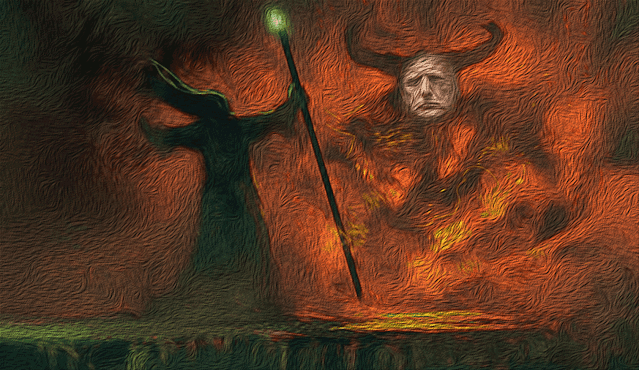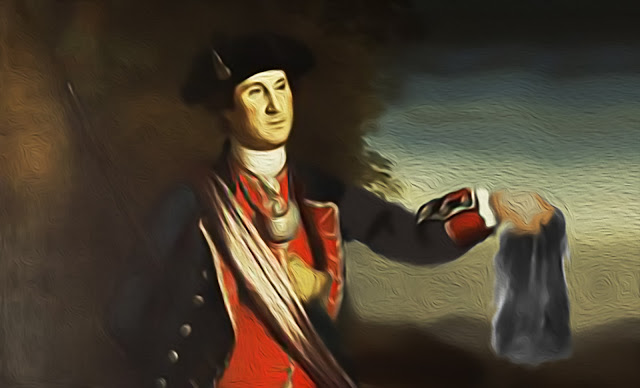Search This Blog
We are in a crisis in the evolution of human society. It’s unique to both human and geologic history. It has never happened before and it can’t possibly happen again. Albert Bates, author of The Financial Collapse Survival Guide and Cookbook, brings you along on his personal journey.
Posts
Showing posts from July, 2020
The Great Pause Week 19: The Bridge of Khazad-dûm
- Get link
- Other Apps
The Great Pause Week 18: Midwinter Down Under
- Get link
- Other Apps
The Great Pause Week 17: Toppling Mount Rushmore
- Get link
- Other Apps
The Great Pause Week 16: Cash Bounties for Scalps
- Get link
- Other Apps



